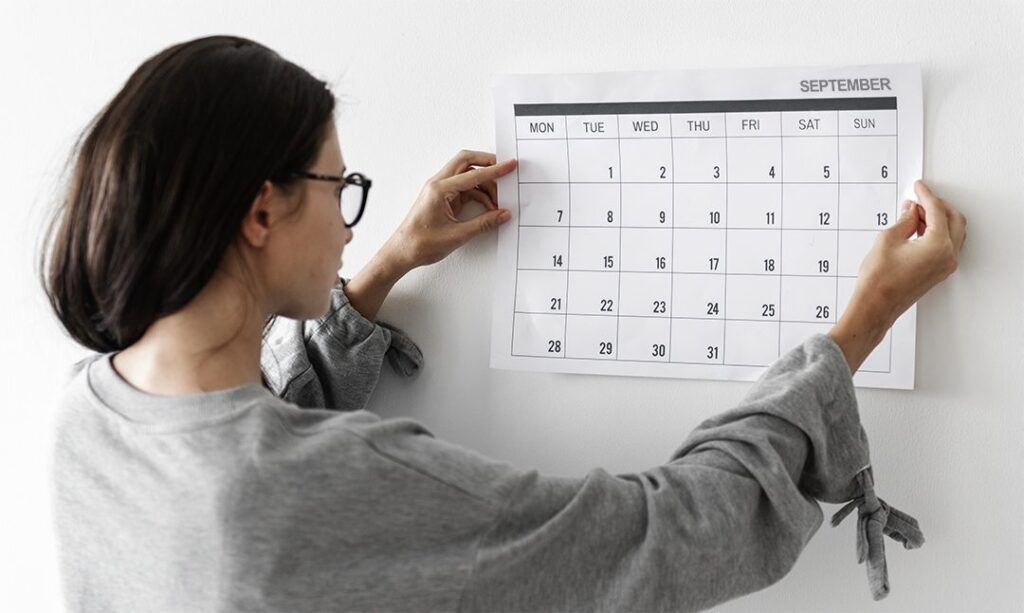
In today’s fast-paced world, emotional exhaustion can silently undermine our efforts to stay healthy and balanced. While many turn to popular wellness routines expecting relief, these practices often fall short when we are emotionally drained. In this article, we uncover the hidden pitfalls of eight well-known wellness routines, explain why they often fail during emotional depletion, and offer actionable strategies to adapt your self-care practices. Dive in to explore the intricate relationship between emotional exhaustion and the effectiveness of traditional self-care routines.
Understanding Emotional Exhaustion
Emotional exhaustion is more than just feeling tired—it is a state where even the simplest tasks feel overwhelming. This deep-seated fatigue disrupts your ability to manage daily stress and clouds your judgment. Recognizing these symptoms is the essential first step toward recovery.
The causes of emotional exhaustion are varied, ranging from work pressures to personal conflicts. Over time, these cumulative stresses erode our resilience and energy. Traditional wellness routines often assume a baseline of emotional stability, making them less effective when you are emotionally drained. Understanding this gap is key to addressing the challenge effectively.
Research shows that prolonged emotional exhaustion can lead to critical mental and physical health issues, including depression and anxiety. Studies also indicate that even short periods of burnout can impair cognitive function and overall productivity. Experts stress the importance of acknowledging this state early and seeking personalized, targeted interventions.
The Pitfalls of Over-Reliance on Routine
Wellness routines are often marketed as a path to balance and rejuvenation, but for those experiencing emotional exhaustion, these structured practices can sometimes add to the burden instead of alleviating it. Rigid routines may feel daunting and counterproductive when you lack the energy to follow them.
The main issue is that these routines do not accommodate the fluctuating nature of our emotional states. When energy and motivation are low, trying to stick to a fixed schedule can be overwhelming and unsustainable. The rigidity of these practices might even hinder recovery by imposing unrealistic standards during vulnerable moments.

Additionally, societal pressure to maintain a constant routine can make taking a necessary break seem like a personal failure rather than an act of self-care. This calls for a reexamination of how we integrate wellness practices into our lives.
The Expectation Trap
Constant expectations of self-improvement can transform your wellness routine into a burdensome task. When you’re emotionally drained, setting high standards is simply unrealistic. This expectation trap often leads to disappointment and deepens emotional fatigue.
The culture of perfection within the wellness community leaves little room for setbacks, undermining confidence. Recognizing that progress sometimes involves stepping back is a crucial part of a sustainable self-care approach.
Mismatch of Routine and Reality
Many wellness routines are designed for the average person and may not resonate with those facing intense emotional strain. This mismatch can lead to feelings of inadequacy instead of improvement.
A more individualized approach is key: your routine should adapt to your current emotional state instead of forcing you to adhere to a predetermined plan. Tailoring your self-care routine can better meet your personal challenges.
Analyzing 8 Common Wellness Routines
Let’s explore eight popular wellness routines and understand why they might fail when you are emotionally exhausted. Many of these routines are based on conventional wisdom but do not address the nuanced realities of burnout.
Routine 1: Meditation and Mindfulness – Although meditation is known to center the mind, structured sessions often demand focus that can be hard to muster when emotions run high. Under stress, the benefits of meditation may diminish without proper guidance.

Routine 2: Physical Exercise – Regular exercise is promoted as a mood booster, but intense workouts can further deplete your energy. When emotionally exhausted, even a brief run or a challenging gym session may feel insurmountable. Tailoring your exercise intensity is essential to avoid additional strain.
Emotional Exhaustion and Self-Care: A Dichotomy
When you are emotionally exhausted, self-care practices can sometimes feel paradoxical. Many prescribed routines require energy and engagement that may simply be out of reach during these times. This irony highlights the need to adapt self-care to match your actual capacity.
Consider self-care methods like structured journaling, social activities, or self-help workshops that require active participation. Under emotional strain, these practices can become additional stressors instead of sources of healing. Adapting self-care to your present state is critical for recovery.
Self-care should be flexible and reflective rather than prescriptive. Honoring your feelings and allowing space for true rest is more beneficial than forcing activities that meet external expectations. Tailor your self-care routine to respect your limitations and emotional needs.
The Reality Check
Traditional self-care routines often overlook the ever-changing nature of our emotional states. Activities that prove helpful during calm periods might be less effective—or even counterproductive—during emotional storms.
Evaluating your current emotional bandwidth is essential when choosing self-care activities. A routine that evolves with your feelings is far more sustainable.
Flexible Self-Care: The Need of the Hour
Flexible self-care means giving yourself permission to modify, delay, or skip routines without guilt. It is about listening to your body and mind, and making adjustments as needed.
Simple strategies like taking micro-breaks, enjoying gentle walks, or engaging in quiet reflection can be more beneficial than a rigid routine in times of overwhelm. This adaptable approach ensures that self-care supports rather than hinders your recovery.
Strategies to Adapt Wellness Routines Effectively

The final component is learning to adapt wellness routines during periods of emotional exhaustion. Instead of discarding self-care altogether, a mindful approach can provide much-needed relief. Start by identifying what genuinely alleviates your stress rather than just following popular trends.
One effective strategy is to simplify your routines. Rather than committing to long sessions of meditation or high-intensity exercise, try incorporating shorter, more adaptable practices. Small, manageable changes can offer significant relief when you listen to your body’s cues.
Another key strategy is to increase flexibility while reducing pressure. If you’re not in the right state for a strenuous workout, opt for restorative practices such as gentle yoga or progressive muscle relaxation. The goal is to design a routine that respects your emotional limits and supports your recovery.
Mindfulness for Emotional Balance
Mindfulness does not always require long, silent sessions. Integrate mindfulness into your daily activities—whether enjoying your morning coffee or taking a peaceful walk. This approach can help recalibrate your emotional state gradually without overwhelming you.
Small mindful moments throughout the day can reinforce emotional balance and make self-care more accessible even during intense periods of stress.
Personalization and Professional Guidance
Personalizing your wellness routine is fundamental. Collaborating with mental health professionals to create a tailored program can ensure that your self-care strategies meet your unique needs. Guided support provides the right tools that work for you.
Therapists and wellness coaches can help adjust standard practices to suit periods of burnout, ensuring that you progress at a manageable pace rather than feeling overwhelmed by one-size-fits-all routines.
Contenido Adicional

To further shed light on the challenges of maintaining wellness routines during emotional exhaustion, it is important to address societal expectations. Many wellness trends offer one-size-fits-all solutions, which ignore the vast differences in our daily experiences. Understanding that no single routine works for everyone is key to relieving self-imposed pressure.
Recent psychological studies emphasize the importance of emotional intelligence and self-reflection as core components of any wellness strategy. Instead of rigidly following established routines, engaging in practices that nurture self-awareness can lead to more sustainable mental health benefits. This shift away from inflexible self-care routines fosters a more resilient and adaptable mindset.
In today’s society, social media often promotes an ideal of constant self-improvement and perfection. Such portrayals can increase the pressure on those already feeling overwhelmed. By critically evaluating these trends and acknowledging their limitations, individuals can cultivate a more compassionate relationship with themselves.
Moreover, flexible wellness strategies can enhance interpersonal relationships. Recognizing and accepting your emotional limitations allows you to communicate your needs more effectively to family, friends, and colleagues. This mutual understanding alleviates personal stress and builds a supportive environment. It is this balance between self-compassion and realistic goal-setting that truly paves the way for recovery.
In conclusion, although many wellness routines promise a quick fix for restoring emotional balance, it is essential to recognize their limitations. Emotional exhaustion demands nuanced, flexible strategies that truly align with our current mental state. By adapting our practices to our emotional needs and embracing a personalized approach, we can build self-care routines that truly support our well-being. Remember that self-care is a journey requiring flexibility and self-compassion, not a one-size-fits-all solution.




